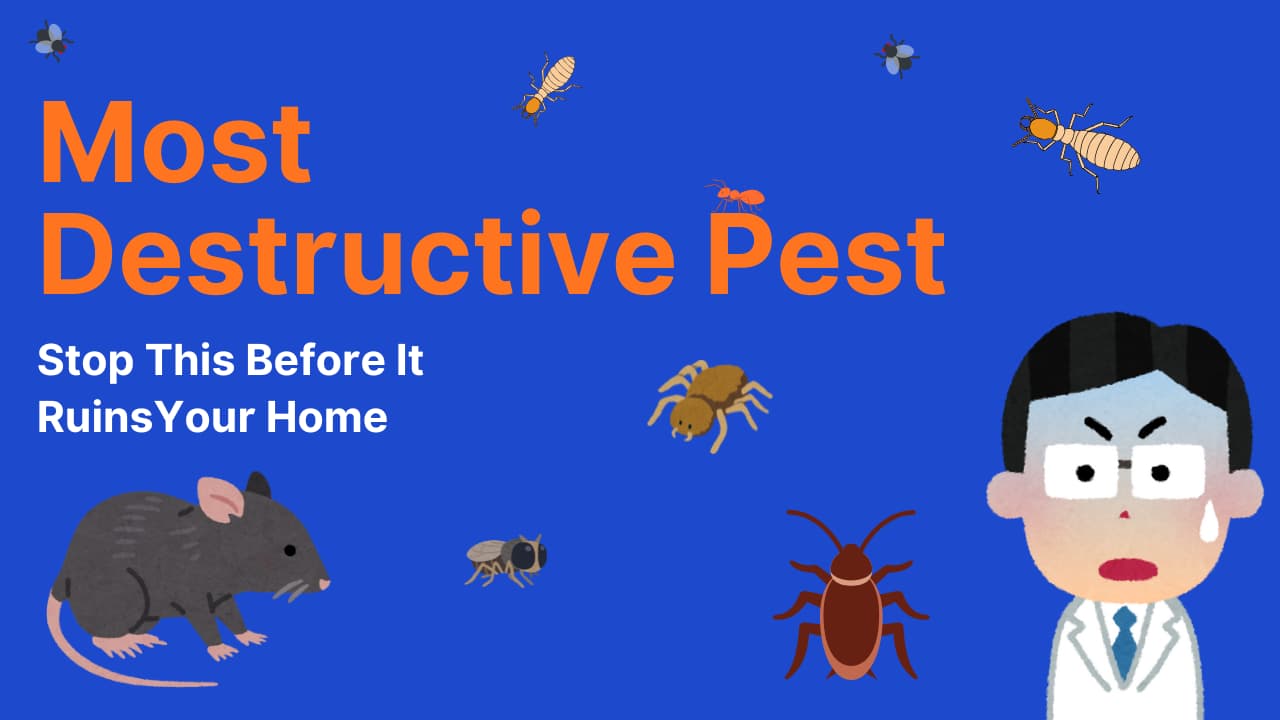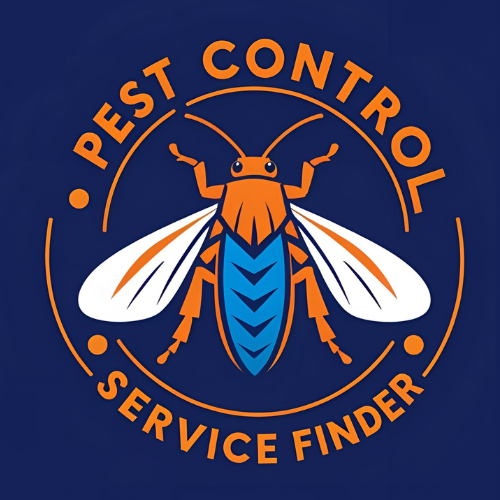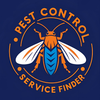What Is the Most Destructive Pest (Stop It Before It Ruins Your Home)

The worst pests are the ones you can't see.
Not roaches in the kitchen, mice in the pantry, or wasps buzzing your deck.
The most destructive pest isn’t the one that creeps you out — it’s the one that eats your home from the inside out while you have no idea it’s happening.
If you guessed termites, you're right.
Termites quietly cause billions in damage every year, often long before homeowners notice anything wrong.
And they’re not alone — carpenter ants, powderpost beetles, and even rodents can do serious structural damage too.
Let’s break down which pests cause the most destruction, how to spot early signs, and what to do before they take a bite out of your biggest investment.
📞 Suspect damage already? Call the 24/7 Emergency Pest Hotline — +1 855 224 3071
Get connected instantly with licensed local exterminators at PestControl-Service-Finder.com (same-day service available).
The #1 Most Destructive Pest: Termites
If home damage had a leaderboard, termites would be at the very top — and it wouldn’t even be close.
Why They’re So Destructive
- Silent eaters: Termites can chew through wood, flooring, and wallpaper without being seen.
- Massive colonies: A mature colony can contain hundreds of thousands of termites.
- 24/7 activity: They literally never sleep — they eat continuously, day and night.
- Costly aftermath: The average homeowner spends $3,000+ in repairs — and severe cases can reach $10,000 or more.
Signs of Termite Damage
- Hollow or papery-sounding wood.
- Discarded wings near windows or doors.
- Mud tubes on foundations or walls.
- Peeling paint that looks like water damage.
How to Stop Them
- Schedule an annual inspection in spring or early summer (before swarm season).
- Fix moisture problems — termites thrive in damp soil.
- Treat soil with a liquid barrier or install a bait system.
Want to know what professional termite treatment costs? Read: Termite Treatment Costs & When to Treat Your Home
Carpenter Ants — The Wood Carvers
Carpenter ants don’t eat wood like termites do — but they tunnel through it to make their nests. Over time, that can mean serious structural damage, especially in older or damp wood.
Why They’re a Problem
- Prefer moist or decaying wood (like window frames and decks).
- Large colonies can split into multiple “satellite” nests.
- Work slowly but steadily, hollowing out beams from the inside.
Signs of Carpenter Ants
- Sawdust-like debris (called frass) around baseboards or beams.
- Rustling sounds inside walls.
- Large black or red ants appearing at night.
Prevention & Control
- Eliminate water leaks and damp wood.
- Seal entry points around doors, windows, and siding.
- Use professional baiting or dusting to reach hidden colonies.
Related: The Hardest Pests to Get Rid Of — Complete Homeowner’s Guide
Rodents — The Hidden Fire Starters
Mice and rats might seem harmless compared to wood-eating insects — until you realize they chew wires, insulation, and drywall, creating fire risks and contamination problems.
Why They’re Dangerous
- Constant gnawing wears down wires, risking electrical fires.
- Nesting in insulation creates heat pockets and damage.
- Droppings spread bacteria and allergens.
Signs of Rodents
- Scratching in walls or ceilings.
- Droppings or greasy rub marks along baseboards.
- Gnawed wires or insulation in attics.
How to Stop Them
- Seal every entry point larger than a dime.
- Remove food sources and standing water.
- Use traps, bait stations, and professional exclusion work.
Learn more: How to Permanently Get Rid of Pests in Your Home
Powderpost Beetles — The Slow Destroyers
Powderpost beetles don’t get much attention — but they’re quietly eating antique furniture, hardwood floors, and even structural beams.
Why They’re Overlooked
- Damage appears years after infestation.
- Fine, talcum-powder-like dust near small round holes.
- They prefer dry, unfinished hardwood.
Prevention & Control
- Keep humidity below 50%.
- Finish exposed wood surfaces (paint or varnish helps).
- Severe infestations may need fumigation or heat treatment.
🐝 Other Pests That Cause Damage
| Pest | Type of Damage | Risk Level |
|---|---|---|
| Wasps / Hornets | Structural nests in walls, aggressive | ⚠️ Moderate |
| Raccoons / Squirrels | Roof, insulation, attic damage | ⚠️ Moderate |
| Silverfish | Books, fabrics, wallpaper | ⚠️ Low |
| Cockroaches | Contamination, odor, stains | ⚠️ Low |
While these pests aren’t as structurally destructive as termites or carpenter ants, they still cause costly cleanup and repairs if left unchecked.
💸 Cost Comparison — Which Pests Hurt Your Wallet Most?
| Pest | Typical Repair Costs | Typical Treatment Costs |
| Termites | $1,000 – $10,000+ | $600 – $2,500+ |
| Carpenter Ants | $500 – $3,000 | $250 – $700 |
| Rodents | $200 – $2,000 | $150 – $500 |
| Powderpost Beetles | $500 – $5,000 | $300 – $1,200 |
Prevention almost always costs less than repair. Early inspections save thousands.
🧠 Expert Tips for Preventing Structural Damage
- Control moisture.
Most destructive pests — termites, ants, beetles — need dampness. Fix leaks fast. - Inspect annually.
Especially before spring swarm season. - Keep wood away from soil.
Firewood, mulch, or lumber against foundations = termite welcome mat. - Seal cracks and entry gaps.
Mice and ants only need a few millimeters to squeeze through. - Schedule professional inspections.
Licensed pros use moisture meters, infrared, and bait monitoring systems to catch hidden activity early.
🧾 FAQs
What’s the most destructive pest overall?
Termites. They’re responsible for billions in home damage every year and often go undetected until it’s severe.
What pest causes the most property damage besides termites?
Carpenter ants and powderpost beetles can cause major wood damage if untreated.
How do I tell if damage is old or active?
Fresh damage usually has moist wood, live insects, or new debris (frass). Old damage appears dry and inactive.
How often should I check for structural pests?
Annually — and immediately after heavy rain or renovations.
🚀 Bottom Line
The most destructive pests aren’t the ones that scare you — they’re the ones that work quietly.
Termites, carpenter ants, and rodents can compromise your home’s structure long before you notice.
The key is early detection, regular inspection, and prompt professional treatment.
📞 Call the 24/7 Emergency Pest Hotline — +1 855 224 3071
Connect instantly to licensed, background-checked exterminators through PestControl-Service-Finder.com.
Same-day service available, with child- and pet-safe solutions.

